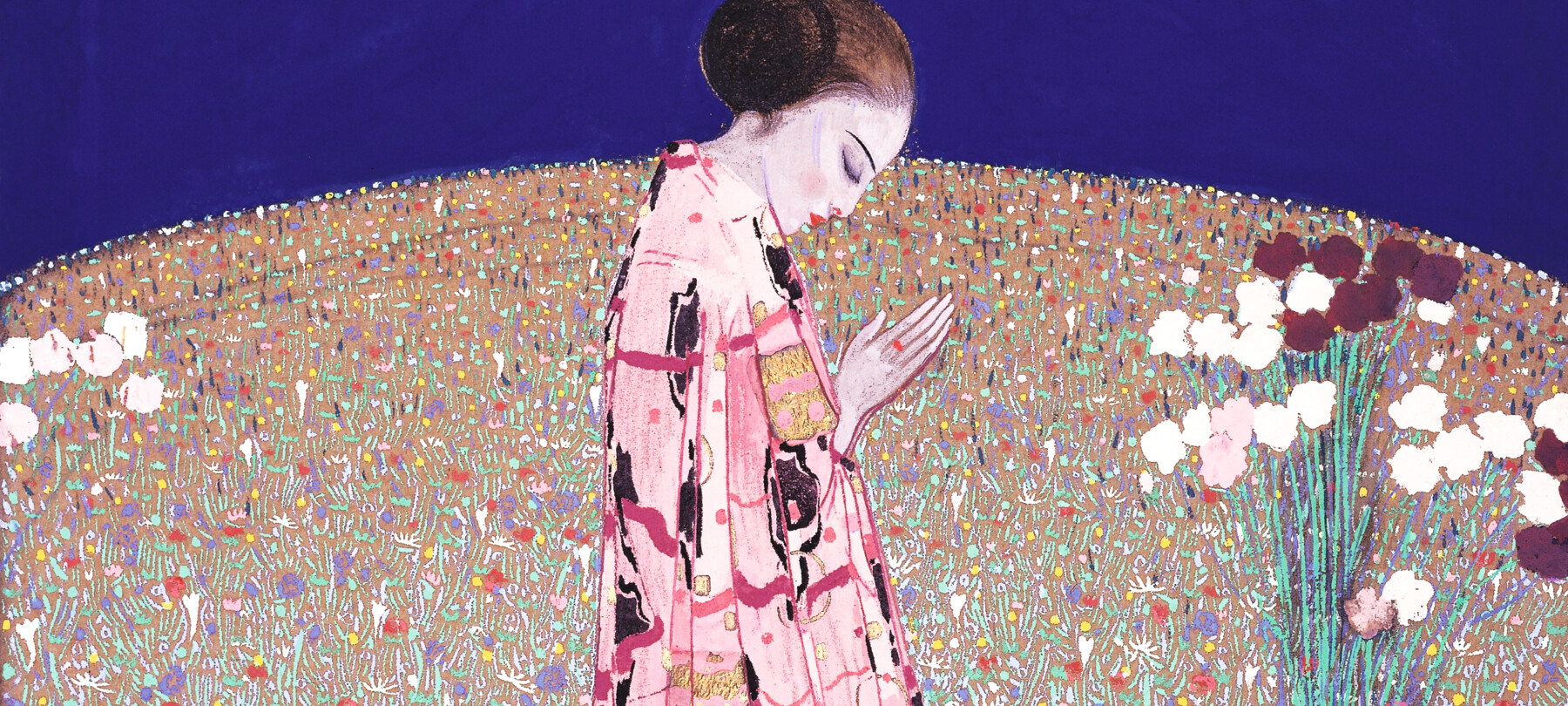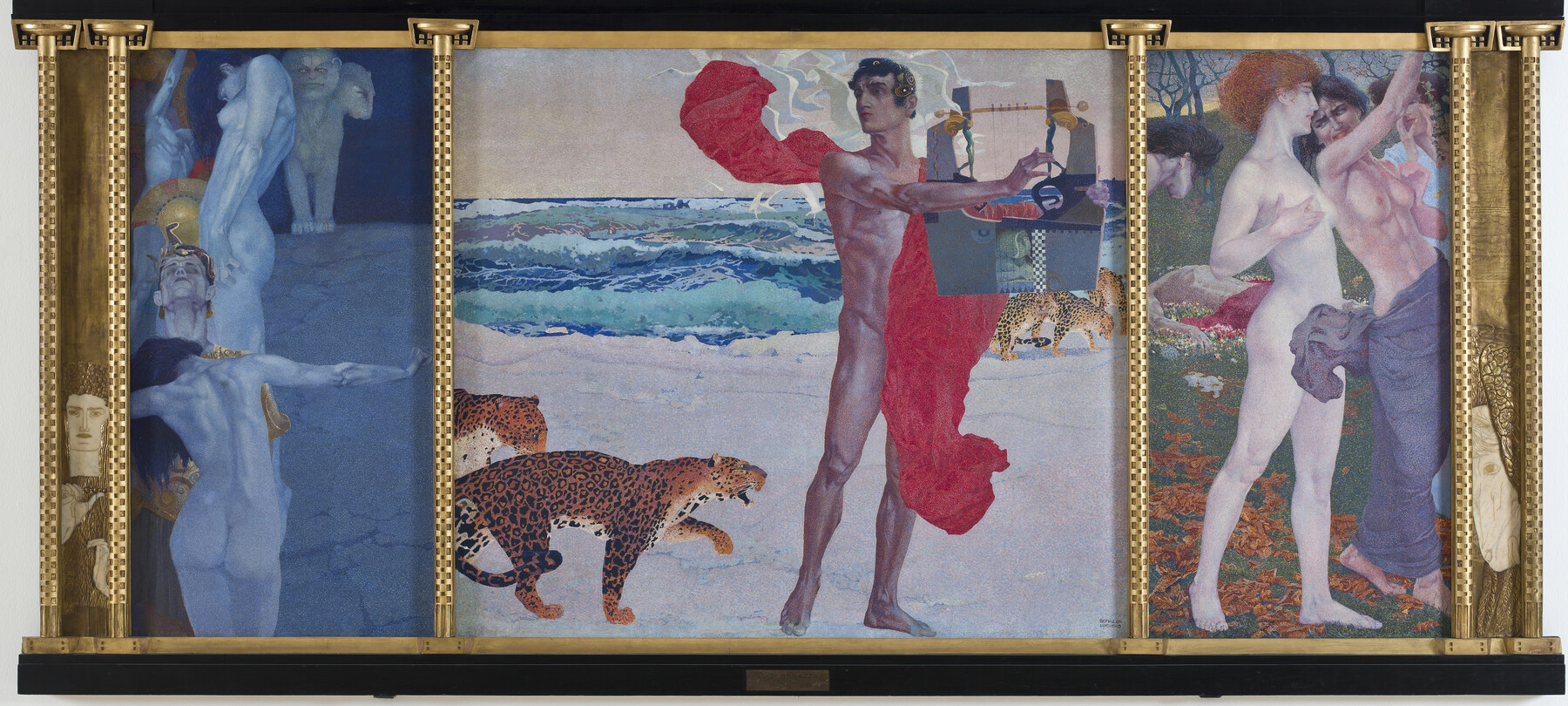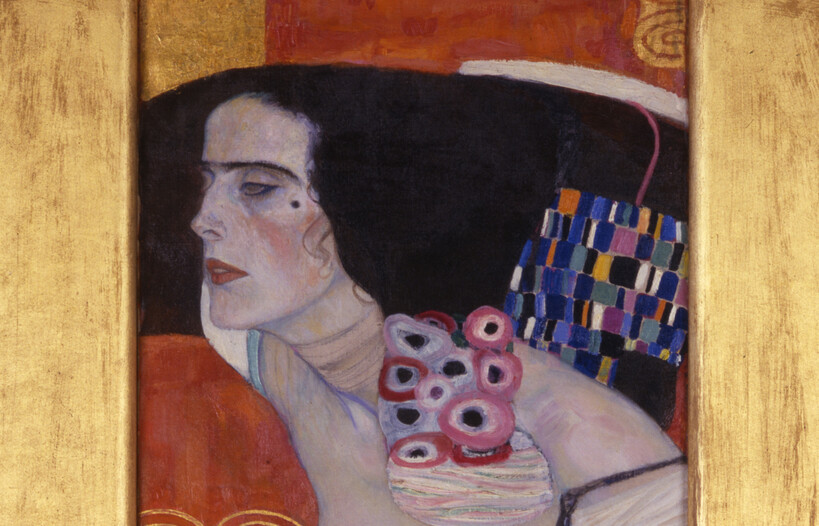Klimt and Italian art
At Mart in Rovereto from 15 March to 27 August 2023
SPRING 2023 – What sort of influence did Gustav Klimt – a founding father of the Vienna Secession – have on Italian art in the early 20th century? That’s the key question behind “Klimt and Italian art”, an exhibition at Mart museum of modern and contemporary art in Rovereto from 15 March to 27 August 2023.
At the heart of the exhibition are two masterpieces by the accomplished Art Nouveau painter, which have been specially brought together just for the show in Rovereto: Judith II and The Three Ages of Woman. Lined up on the exhibition route around these two iconic pieces are approximately 200 works from top public and private collections.
Curated by Beatrice Avanzi and based on an idea by Vittorio Sgarbi, the exhibition features works by approximately 40 artists, including Vittorio Zecchin, Felice Casorati, Galileo Chini, Luigi Bonazza, Luigi Ratini and the sculptor Adolfo Wildt.
Book ticket
enter“Klimt and Italian art” in Rovereto
As mentioned in the introduction, the two linchpins of the Mart exhibition are the famous masterpieces Judith II (from the Ca’ Pesaro International Modern Art Gallery in Venice) and The Three Ages of Women (from the Italian National Modern Art Gallery in Rome).
Taking these two “Italian” paintings as its starting point, the exhibition analyzes the work of Italian painters and sculptors who were inspired by Gustav Klimt and the Vienna Secession.
With the aid of approximately 200 works from top public and private collections, the Mart show shines the spotlight on a varied and complex scene in which a range of disciplines – from painting to the decorative arts – all came together around distinctively sumptuous, alluring and decadent shared tastes.
The show presents around 40 artists, including painters who worked in Venice such as the “Italian Klimt” Vittorio Zecchin and the young “dissidents” of Ca’ Pesaro, like Felice Casorati. Then there are those who were involved in great decorative feats at the Venice Biennale, as was the case with Galileo Chini.
Also on display are works by Vito Timmel of Trieste and the Trento-based artists Luigi Bonazza, Luigi Ratini and Benvenuto Disertori. There is no question that Austrian and German influences also had a big impact on the sculptor Adolfo Wildt, who was called “the Klimt of sculpture” by critics.
IMAGE BELOW: Felice Casorati, La preghiera, 1914, Musei civici di Verona, Galleria d'Arte Moderna Achille Forti

Klimt and Italy
At the height of his career, the Austrian artist and founding father of the Vienna Secession Gustav Klimt (1862-1918) took part in the 1910 Venice Biennale and the 1911 International Exhibition of Art in Rome, which was organized to mark the 50th anniversary of the unification of Italy.
These events showcased Klimt’s idiosyncratic and innovative style, which influenced a whole generation of artists. Taking their cue from the works of the Viennese master, they made profound changes to their forms of expression.
Meanwhile, Klimt himself followed in the footsteps of Italian traditions, so things essentially came full circle in what the exhibition curator Beatrice Avanzi describes in the catalogue as a “dazzling short circuit”. It has been verified that some of his best known works were produced after his frequent trips to Italy, during which he visited Saint Mark’s Basilica and the mosaics of Ravenna. These sites inspired the gold, decorations and two-dimensional features for which some of the founding father of the Vienna Secession’s most iconic works are renowned.
COVER: Gustav Klimt, Giuditta II, 1909, Fondazione Musei Civici di Venezia, Galleria Internazionale d'Arte Moderna di Ca' Pesaro
IMAGE BELOW: Luigi Bonazza, La leggenda di Orfeo - Rinascita d'Euridice - Morte d'Orfeo, 1905, Mart, Deposito SOSAT




